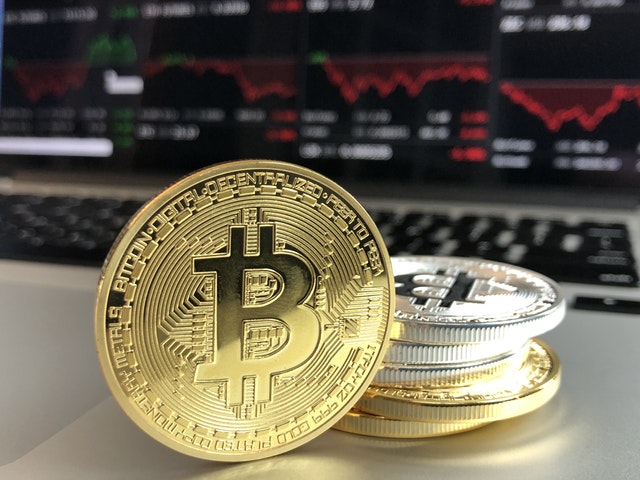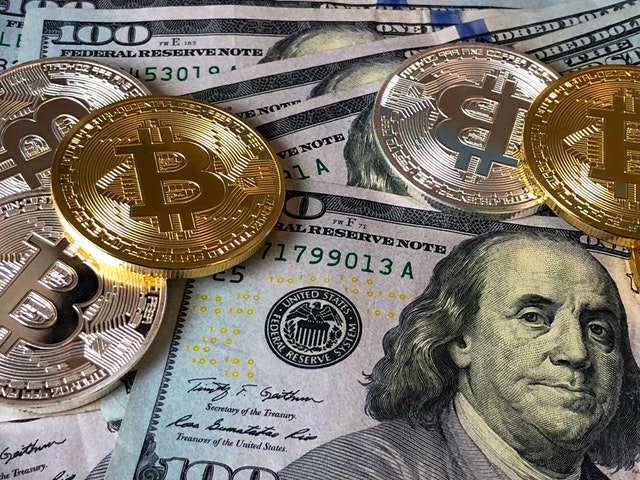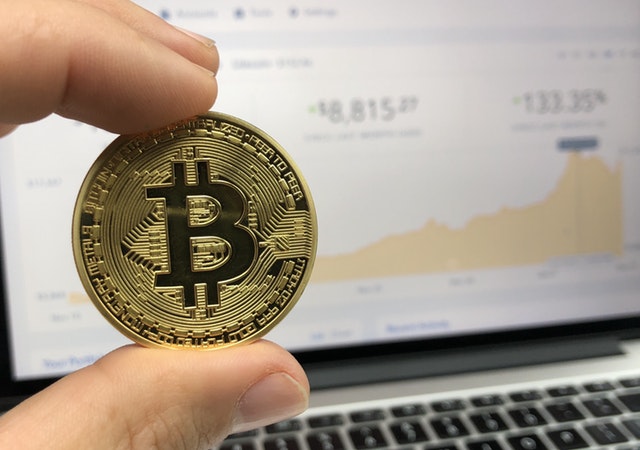Bitcoin has hit international headlines both for the fact that it has, in recent history, reached skyrocketing highs and plummeting depths – fueling a volatile depiction in the media that has only increased skepticism around the role of digital currency. However, Bitcoin still remains an interesting investment and, thanks to its foundation in novel technology, might well represent an exciting step for the future of currency.
Fundamentally, bitcoin represents a break in a global paradigm that has existed for years – and it is one that has excited investors, pundits, and onlookers alike. While the future remains in flux, Bitcoin remains an intensely exciting new development that could well change the world as we know it.

Up until this point, peer-to-peer transactions have traditionally seen parties exchange goods, precious materials, or fiat currency that is regulated and controlled by a central bank and is subject to peaks and valleys in value that are determined by geographic and political concerns.
Bitcoin is a peer to peer money and is not controlled by any central authority. Because Bitcoin isn’t controlled by a government or reserve bank, it is immune from the kinds of government manipulation that has devalued countless national currencies. As no single administrator is responsible for the maintenance or backing of Bitcoin, transactions issued in Bitcoin are verified and recorded in a public distributed ledger that is called a Blockchain.
This means that computers around the globe each hold a copy of that public ledger, and transactions made in the Bitcoin network are visible for all to see. Users can buy and transfer bitcoins directly between each other or use a centralized exchange to buy bitcoin with traditional currencies. Although all Bitcoin users essentially have the ability to see verified transactions in the Blockchain, the identity of transacting parties remains unknown unless disclosed.
What problem does Bitcoin solve?
Bitcoin was intended to serve as an alternative to the current financial system that attempts to solve an age-old issue; throughout human history, parties have used currency to authenticate and secure trust when trading goods.

Traditionally, a currency must be able to serve as a Store of Value (holding trust or significance over a long period of time), as a Mechanism of Exchange (which traders can use to transfer value from one item to another), and finally as a Unit of Account (which people can use to price goods in a market).
To illustrate, in the time before paper money, people would pay each other in gold and silver. The rarity of these precious metals gave them a sense of value and significance, though typically either material is not easy to transport or divide into smaller portions (both important features of good money).
To simplify that problem, paper money emerged as a means to ‘lay claim’ to gold laying in a bank vault. This made it far easier for traders to transport paper money when facilitating transactions. Over time, Central Banks emerged as the mechanism where currency was issued and gold or silver were stored. However, over time ties between paper money and gold (or silver) were severed. This effectively meant that there would be no limit as to how much paper money a bank would be able to create.
Instead, paper money (and later funds stored digitally) would be offered as credit. For example, when a bank issues a loan, it typically creates money, issues it to a loaner, and expects those funds to be paid back with interest. A bank traditionally keeps a reserve of this credit-based money to survive.
With government-issued paper money, a reserve bank can typically print money as needed by the economy. This can lead to inflation, where prices for goods increase and the purchasing value of paper money decreases. In the worst cases, this can lead to financial crises where a bank will require a bailout or face the collapse of the monetary system.

So what makes Bitcoin interesting?
Bitcoin is incredibly interesting thanks to the fact that it could potentially serve as a better international monetary system than paper money thanks to the fact that it satisfies the properties of money better than traditional currencies. It is Durable (it lasts over time). Transportable (it can be easily transported from location to another), Fungible (where every unit is equivalent to every other), Divisible (where it can be broken down into smaller units), Acceptable (where it can be exchanged for goods and services), and Scarce (in that it has a limited supply and is difficult to fake).
Bitcoin is supported by the fact that it relies on mathematical proof as its foundation, that there will never be anything more than 21 million bitcoins in circulation, and that bitcoins will only become more difficult to create over time. In this sense, Bitcoin is called a deflationary currency.
For early investors, Bitcoin offers not only a means to accrue rapid wealth thanks to new confidence in its underpinnings, but further an amazing alternative to the traditional banking system that relies on immutable mathematical proof for its foundation, and for the first time in human history, offers transacting parties a decentralized currency where trust can be scaled to the level where a global community has equal access to a global monetary system that is natively digital.
